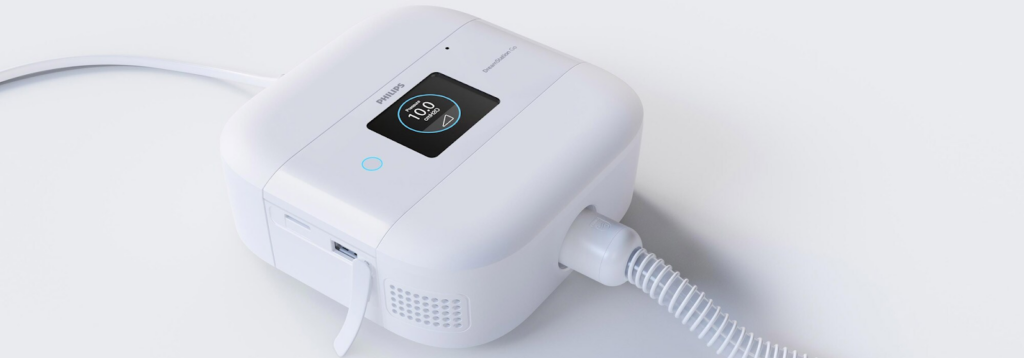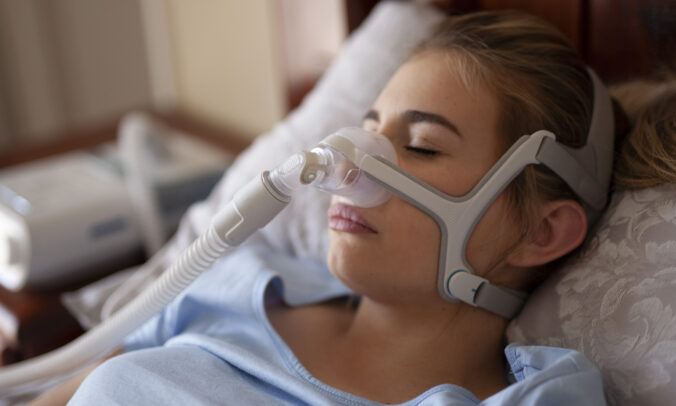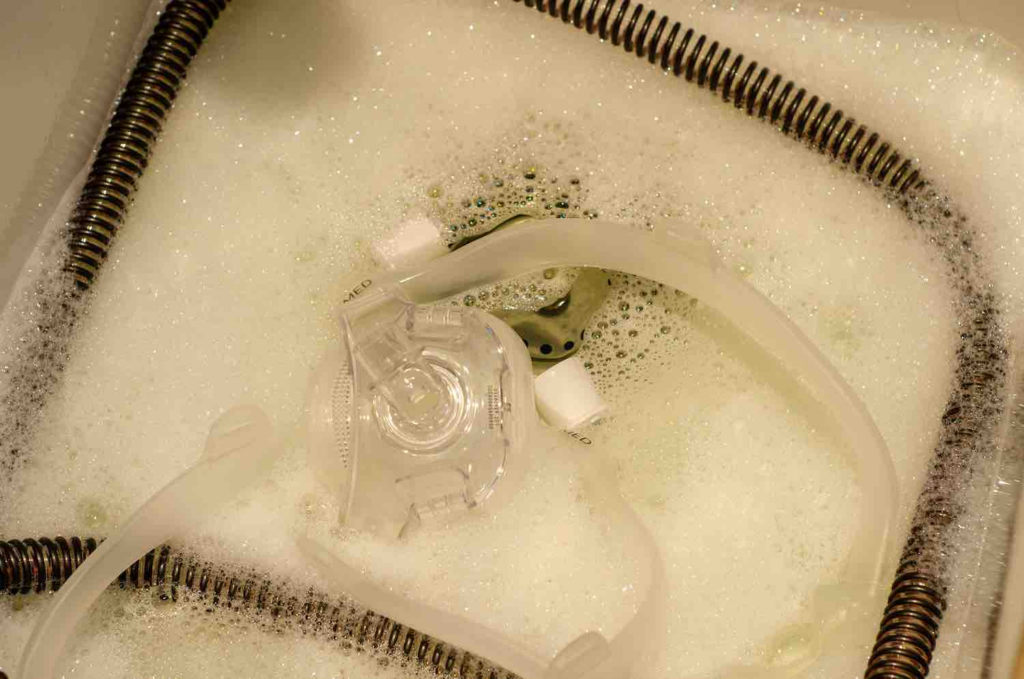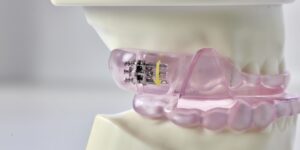Hello there! Are you battling obstructive sleep apnea? Do you see some symptoms like snoring and the sign making you feel uncomfortable while sleeping? First, you need to visit a sleep doctor to examine you. Then, after a series of tests have been done, your doctor might instruct you to get a new CPAP machine to correct your sleep disorder.
Please ensure that the CPAP machine instruction comes from a sleep specialist or a doctor. Hence, there are countless CPAP machines in Australia. Therefore, one must be careful. Do you know there are fake CPAP machines out there? Tip about buy CPAP machine online. Of course, there are.
Furthermore, you don’t just go online to get a CPAP machine. But, of course, no one is disputing the fact that the world is going digital. In other words, the online digital space remains the best place to get almost everything.
But remember, search engines can’t differentiate between fake and reliable brands. So, before picking a brand, there are things to do to get a CPAP machine. Honestly, countless people ordered a fake CPAP machine.
Hence, we are not here to get you scared. We have done some research, and we came out with something tangible. So, you don’t need to stress yourself. We are here to tell you the top CPAP machines for obstructive sleep apnea in Australia.
However, it would be nice to create a piece of background knowledge. So, we will discuss the meaning of CPAP machines and then proceed to the top six CPAP machines in Australia. Are you ready for the ride?
What is a CPAP machine?
A CPAP machine is a medical tool that makes it easier for patients with sleep apnea to breathe while they are asleep. The device uses pneumatic components to pressurize air through a full-face or nasal mask, helping to maintain the airway open and reducing breathing pauses.
Proportional flow valves, electronic pressure controllers, regulators, and digital flow meters are typical pneumatic components in CPAP machines. Each of these parts is crucial for the machine to function effectively and to give air pressure to the patient.

For instance, digital flow meters can monitor and guarantee steady airflow. The amount of pressure applied to the patient is managed with pressure regulators, and the flow of air through the mask is controlled with flow valves.
Without these parts, CPAP machines would not be able to work effectively and would not be able to offer patients with sleep apnea the same level of comfort.
Hence, CPAP delivers air as you sleep at a pressure that is just high enough to keep your airway from collapsing. A mask that fits over your mouth or nose has compressed air. As a result, you can breathe easily and fall asleep without waking up.
Furthermore, you need the right CPAP machine to get a good night’s sleep. This medical tool has a nasal pillow mask and two pressure settings. The nasal mask will protect you from skin irritation. Honestly, CPAP treatment is the best way to treat OSA. But, then, most CPAP masks are made from silicone.
There are other options too. For example, BiPAP machines, Bilevel machines, and APAp machines are other types of positive airway pressure. Therefore, if you are diagnosed with sleep apnea, don’t just go for a common treatment. Instead, please visit the clinic and talk to your doctor.
Now that you know the meaning of CPAP machines and how they work, we can discuss the top six CPAP machines in Australia.
Top six CPAP machines you need to know
1. Z2 Auto Travel CPAP Machine

The Z2 Auto Travel CPAP Machine is an excellent option for light sleepers because it contains a sound-dampening in-line muffler that keeps noise at a comfortable 26 dB. While you sleep, the Z2’s auto-adjusting pressure adjusts to your breathing needs.
It is portable and only weighs 10.5 ounces so you can take it anywhere. It also incorporates a heat moisture exchanger and a waterless humidification system for added comfort. This lessens the possibility of waking up with a headache or dry mouth. This unique device has adjustable straps. You can control the pressure.
This unique device has an integrated rechargeable battery that lasts for sleep duration. Isn’t that amazing?
2. DeVilbiss IntelliPAP 2 Auto Adjust CPAP

Despite not being as well known as companies like ResMed, the IntelliPAP 2 Auto Adjust delivers a highly acclaimed but less-priced solution. Depending on your needs, the IntelliPAPI2 Auto Adjust automatically modifies the airflow pressure.
Furthermore, a built-in humidifier in the IntelliPAP 2 Auto Adjust’s high-tech, advanced CPAP machine keeps your mouth moist as you sleep. It is Bluetooth-compatible, silent, and portable enough for travel. One of the least expensive CPAP devices on the market is the IntelliPap 2 Auto Adjust. This medical equipment is lovely.
Also, this unique CPAP machine has an AutoAdjust system with SmartFlex technology and a SmartLink App. With this CPAP device, you will experience a good life.
3. Philips Respironics DreamStation Go

If you’re looking for a portable, convenient CPAP machine, the Philips Respironics DreamStation is the best option. This product is among the lightest on the market and satisfies all requirements for use during flight. This feature makes the machine very useful for people who frequently travel and want to sleep soundly.
Furthermore, the DreamStation Go is perfect for travel because it is designed to cooperate with everyone’s sleeping patterns and behaviors. Modern technology is included in the DreamStation Go’s design for a more streamlined and effective user experience.
4. Luna G3 CPAP Machine with Heated Humidifier
This is a brand-new design from 3B Medical, a company committed to innovation and quality. The recently released Luna G3 combines comfort and convenience while delivering exceptional performance and innovation.
Along with a humidifier that prevents dry mouth and sinus-style headaches, the Luna G3 CPAP also has a preheat mode that lets you warm the humidifier before bed for more comfort.
Additionally, the integrated AutoHumidity feature enables you to change your moisture levels without resulting in a rainout. Finally, the Luna G3 CPAP takes up less space on your nightstand because the modem is built into the device, yet none of its capabilities were overlooked.
5. ResMed AirSense 10 CPAP
One of the most admired CPAP devices on the market is the ResMed AirSense 10. Like other modern devices, it has an LCD screen, allowing you to adjust the settings rapidly.
It is, however, more compact than most CPAP devices, so you could even bring it on a plane. The most significant benefit of the ResMed AirSense 10 CPAP machine is that it starts working as soon as you inhale; you don’t even need to press a start button.
6. ResMed AirMini AutoSet Travel CPAP Machine
This tiny CPAP, which weighs just 10.56 ounces and can fit in the palm of your hand, is advertised as “the world’s tiniest CPAP.” It is so lightweight that you can take it on a plane.
Its decibel level is 30, which makes it exceptionally quiet and prevents bothering other passengers. In addition, it contains a waterless humidification system and is made to be used with various masks.
Conclusion
Dear reader, we hope you’ve seen something profound here. The ball is now in your court. With the above-listed information about CPAP machines, you can’t fall into the wrong hands. Finally, please feel free to ask questions concerning this topic. Thanks for reading!
Must Read:
- Understanding Sleep Testing: What to Expect and Why It Matters
- Sleep Apnea Test in Melbourne: Your Guide to Affordable Options
- Finding a Sleep Study Penrith Clinic That Meets Your Needs
- How to Interpret Sleep Study Results: A Comprehensive Guide
- Sleep Apnea Home Test Australia: How to Get Tested at Home

![Top six CPAP machines in Australia [2023]](https://hematologyjournal.net/wp-content/uploads/2023/03/image-3-676x237.png)










